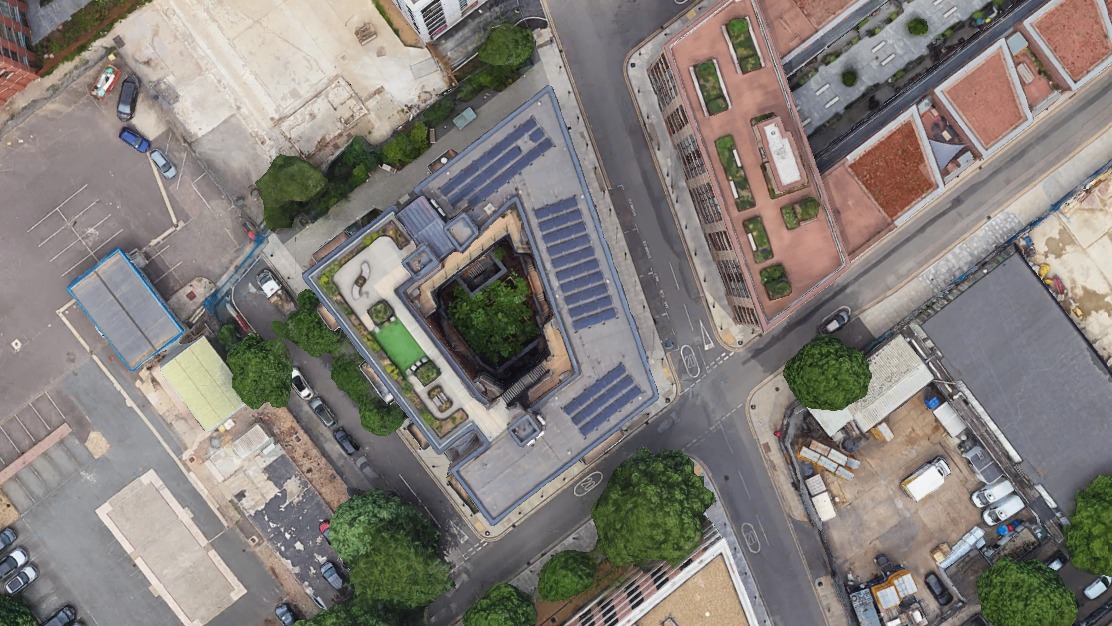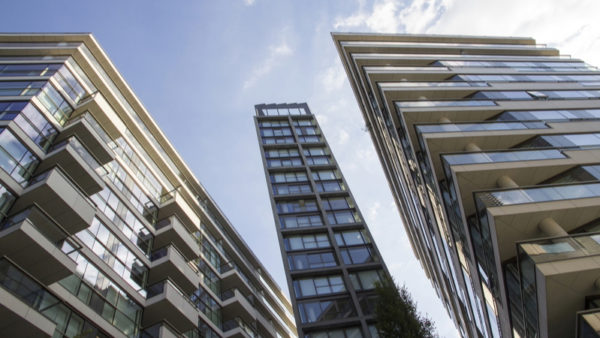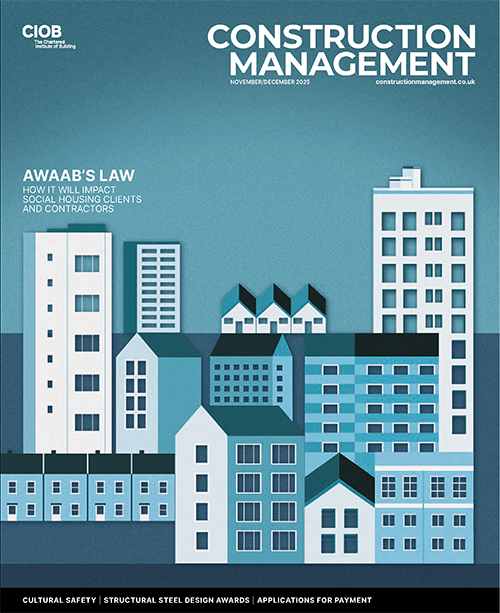In the latest twist to higher-risk building confusion, the Upper Tribunal has regretted that the First Tier Tribunal spent time debating an issue it had no jurisdiction over. Simon Lewis and Michelle Essen explain what happened.

In 2024, the interesting case of Smoke House & Curing House came before the First Tier Tribunal (FTT) regarding the making of a Remediation Order in relation to a London residential development.
However, the FTT’s decision highlighted a disjunction between the requirements of the Building Safety Act (BSA), its regulations and government guidance, which impacted whether buildings with rooftop gardens were higher-risk buildings or not.
The case was appealed to the Upper Tribunal (UT), and its judgment provides some (although not complete) clarity. It also considered the role and powers of tribunals like the FTT.
What happened in the FTT
During the Remediation Order application, a specific issue arose about whether a rooftop garden that was not enclosed was a ‘storey’, which was crucial to the question of whether the building was a higher-risk building (HRB). If it were, a considerably stricter regime under the BSA applied. The FTT announced, unasked by either party to the application, that it thought the building was an HRB.
This was due to a contradiction between the BSA, its regulations and the supporting guidance. Briefly, the BSA did not define ‘storey’, the regulations suggested a rooftop garden was a storey, and the guidance stated expressly that any unenclosed rooftop garden wasn’t a storey.
In the wake of the FTT saying it thought the rooftop garden was a storey, the Building Safety Regulator (BSR) issued an update: “MHCLG and BSR are reviewing FTT [decision] on classification of roof gardens in higher-risk buildings … In the meantime, sector and regulatory bodies should continue to refer to existing government guidance.”
The freehold owner, Monier Road Limited (MRL), appealed the decision to the UT. But would this appeal resolve the contradiction identified by the FTT?
The short answer is “yes and no”, as we shall explain.
Scrutiny of the FTT’s actions
In fact, the appeal principally concerned the ‘Additional Items’. To explain what these were requires a quick review of what happened in the FTT hearing.
In brief, the building defects specified in the Remediation Order application to the FTT concerned the cladding and combustible insulation in the building’s courtyard and the replacement of internal and communal fire doors, and nothing else. Neither party suggested the building was an HRB: the FTT raised this itself.
It also raised concerns that the recommended remedial works did not address the substantial amounts of timber on the walkways, balconies, roof terrace and planters. It also recorded concerns about bin stores, doors, louvres and panels to windows and balconies. In the subsequent hearing, these additional concerns were referred to by the FTT as “the tribunal’s issues”. So, the FTT adjourned the original hearing, requesting further expert reports.
At the subsequent hearing, the FTT dealt with what it called “leaseholders’ issues” and “the tribunal’s issues” referred to above. Going through the leaseholders’ concerns, which largely related to the aesthetics of the remediation work and choice of contractor, the FTT concluded it had no power to impose requirements about any of these.
The FTT then considered in detail whether the building was an HRB. It concluded it was, although it noted that it had no jurisdiction to make any such declaration.
Consequently, the Remediation Order it eventually made included the originally specified defects, plus a substantial list of other defects for MRL to remedy. The UT refers to these as the “Additional Items”.
The appeal was about whether the Additional Items should have been included in the Remediation Order. There was no appeal over the FTT’s statement that the building was an HRB because the FTT had said that its statement was an expression of opinion and not a decision.
UT takes the helm
The UT embarked upon a detailed review of the FTT’s conduct in raising the Additional Items. This covered whether the FTT had the power to use its own initiative this way; could make a decision which appeared to contradict the evidence provided; had inappropriately used its own “expertise”; could deal with matters that were not put to MRL or its expert witnesses; and, finally, could include the Additional Items.
It concluded that the FTT’s decision to include the Additional Items in the Remediation Order was procedurally irregular and unfair and promptly set it aside.
Regarding the decision to categorise the building as an HRB, it wasn’t necessary to set this aside because this was only a matter of opinion. The UT regretted that the FTT devoted six pages of its decision to debating a matter about which it had no power to make a finding.
The UT considered the consequences of the FTT’s decision to express its opinion that the building was an HRB. As a result of the FTT’s actions, the leaseholders became convinced that they lived in a dangerous building, and remain convinced of that even though the remedial works have now been completed, and the building now has an EWS1 B1 rating, so their flats can be sold and mortgaged.
The UT noted that the FTT’s “public expression of its opinion in its decision, including its comments on government guidance, has doubtless caused concern and confusion for building safety professionals. All of this illustrates how dangerous it is for a tribunal to express a view about a matter that is not within its jurisdiction.”
The UT acknowledged that if the FTT spots a serious fire safety risk that neither party has noticed, it should raise this, but must then follow the correct procedure – and if the Remediation Order applicant declines to pursue these points, there is nothing further the FTT can do. It has discharged its responsibility. The UT considered the likelihood of that happening as “vanishingly small”, since such applications are usually made after a comprehensive risk assessment.
Rewriting the storey?
There has indeed been concern and confusion among building professionals in relation to this disjunction between government guidance and the BSA. However, it was not central to the appeal, and remains to be addressed by legislation rather than the courts (since it is not within their remit).
In the meantime, the government’s guidance now states: “We are consulting the Building Safety Regulator and other relevant stakeholders on a proposal to amend the Higher-Risk Buildings (Descriptions and Supplementary Provisions) Regulations 2023 to make it clear that roof gardens should not be considered a storey when determining whether a building is a higher-risk building … the department’s view remains that roof gardens are not storeys for these purposes. This is the basis for current government guidance, which the sector and regulatory bodies should continue to refer to.”
In light of this, and the UT’s judgment wording (and tone), it would be difficult to argue that a rooftop garden is a storey – although amended legislation is needed to finally close that gap.
The UT decision is, however, well worth reading as a detailed and reasoned guide to the powers of tribunals in these circumstances.
Finally, this case is a reminder that this is all new law and that, alongside the industry, even the tribunals and courts will be getting to grips with it and what it means for some time to come.
Simon Lewis is a partner in the construction engineering team and Michelle Essen a legal director (construction) at Womble Bond Dickinson.











